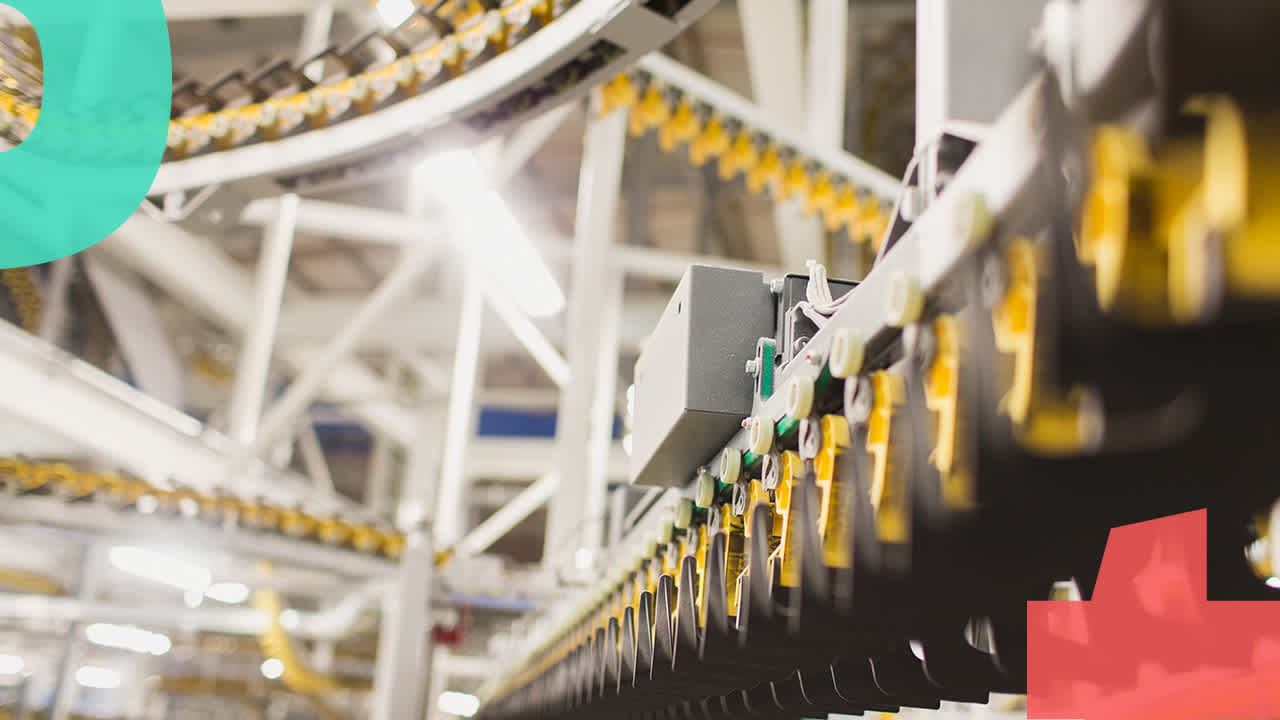
2019 年 07 月 03 日
New Hurdles Arise As Manufacturing Looks To Vietnam During U.S.-China Trade War
New Hurdles Arise As Manufacturing Looks To Vietnam During U.S.-China Trade War
As the trade conflict between the United States and China continues, other countries around the world have also been adversely affected by rounds of tariffs and additional costs hampering manufacturing and importing.
But there are a few places that have seen substantial benefits -- from companies moving production as a means to mitigate the impact of tariffs on goods from China.
Consumer electronics firms and other businesses have explored relocating operations, with many companies looking to Vietnam, in order to reduce supply chain costs. In fact, since tariffs on Chinese goods were implemented, Vietnam has seen a quarterly increase of $1.1B year-over-year in exports to the United States on the tariffed goods. However, the most recent wrinkle has seen the US impose 400 percent duties on steel imports from Vietnam, which might give companies pause about prematurely shifting supply chains.
Case in point: Apple has begun exploring alternative manufacturing locations for several of its products, talking to suppliers with a plan to move between 15 and 30 percent of its hardware production out of China, according to a report from Nikkei Asian Review. As Apple eyes its options, Vietnam is one of the candidates for smartphone diversification. And though it could be a slow process that takes months or years to fully implement, Foxconn executive Young Liu recently stated that the supplier has the manufacturing capacity to entirely shift smartphone production outside of China.
Elsewhere, Brooks Running CEO Jim Weber stated in May that by the end of the year, most of its production would be moved out of China to Vietnam in direct response to the tariff threats.
Some follies in this process include tactics to suggest manufacturing has shifted elsewhere without making the investment to actually move production. The United States wants to cut down on transshipment, where exports from China are moved to a third port, where there are no trade restrictions, as a means of getting around the tariffs.
Meanwhile from the Vietnamese perspective, there’s the question of rising trade fraud—where some label the origin of goods as Vietnam in order to elude trade restrictions. The Vietnamese Ministry of Industry and Trade commented to The Wall Street Journal that “fraudulent labeling not only directly affects products and consumers, but also significantly reduces the reputation and competitiveness of goods manufactured in Vietnam.”
As Flexport’s Chief Economist Phil Levy notes, “It is important to remember that moving manufacturing need not entail moving all stages of production. If a good is mostly made in China, but there is a final, substantial transformation that occurs in Vietnam, the good can still count as Vietnamese. That’s one reason that establishing transshipment is more challenging than just looking at overall export numbers.”
The Growing, Unpredictable Perils Of Moving Manufacturing
Nevertheless, manufacturing shifts to Vietnam have sped up in response to the trade restrictions with China.
But there are some important caveats to this progression.
For one, the tariff landscape remains uncertain, changing almost daily. China and the United States have repeatedly increased retaliatory trade restrictions, affecting many other countries. There have been new rounds of tariffs, delays in implementation, announcements of exemption protocols, and then when that’s all in place, offers to set aside those plans to hold new tenuous negotiations, which, if unsuccessful, would result in even more tariffs.
And Vietnamese infrastructure--roads, ports, and rail--still lag behind the wide-scale development of China. As manufacturing demand increases, so too will the demand to build a more robust transport system to move goods from factories to ships. Vietnam is building a new deepwater port, but it won’t be open for another three years, rail lines are thin, and highways are small in a country that still has a large agrarian rice-based economy.
Adding to the uncertainty, President Trump has stated that Vietnam is “almost the single-worst abuser of everybody...we’ll start working on that too,” and made no indication of ruling out tariffs on Vietnam.
That potential threat lasted only a week before the United States slapped 400% duties on steel imports, under the suspicion that much of the goods had been routed to Vietnam from other countries in attempts to skirt other restrictions.
The news of new, escalating tactics to control trade from countries other than China would disrupt the plans by many industries to shift manufacturing to a country like Vietnam, seen as less adversarial in terms of alleged intellectual property theft and alleged currency manipulation.
Levy notes, “This is the great challenge of managing global supply chains in the era of volatile trade policy, making it difficult for companies seeking a safe harbor and enough advance warning to allow for practical investment decisions.”
In summary, for those trying to surf the uncertainties, the following pros and cons are important to keep in mind when considering moving production from China to another country such as Vietnam.
On the plus side, relocating outside of China can help businesses:
• Avoid escalating tariffs in an ongoing conflict between the U.S. and China
• Introduce supply chain diversification
• Present opportunity to address high-level supply chain reorganization
But companies contemplating this type of shift should keep in mind:
• Nascent (but growing) transport infrastructure compared to China
• The rapidly changing trade restriction policy environment
• The time it takes to fully shift supply chains



